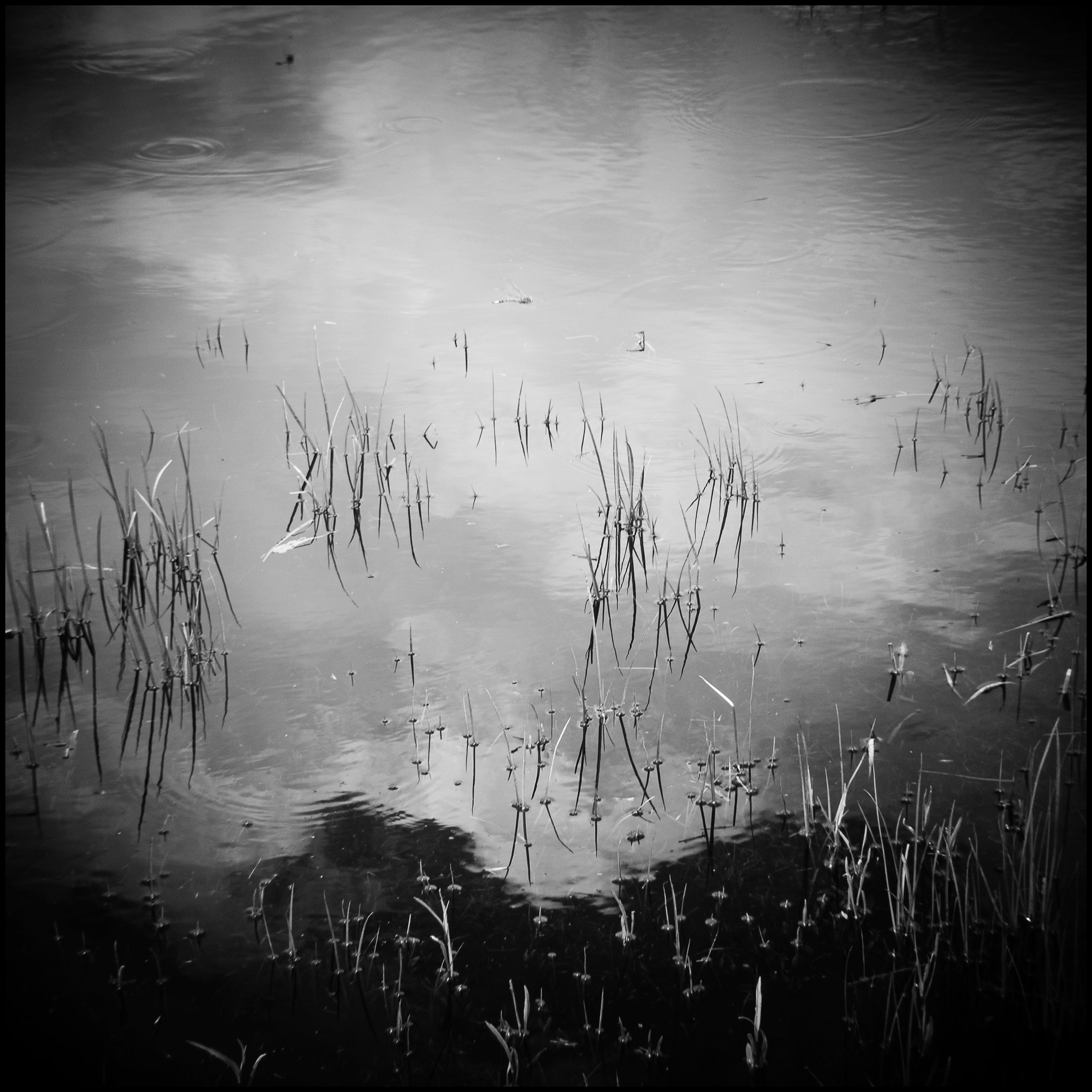The Holga Experiment
I read somewhere that you don’t find books; books find you! This is where this project started, with a book finding me. As I walked past the bookstore at Canberra airport on my way home from delivering a workshop, a little blue book by Garcia and Miralles titled ‘Ikigai: The Japanese Secret to a Long and Happy Life’, caught my eye. While my immediate thoughts were that this is a Westernised self-help book targeted at people looking for happiness, the concept of ikigai fascinates me. I had a keen curiosity about Japanese culture since reading James Clavell’s Shōgun novel as a teenager, and the notion of an ancient philosophy around life’s purpose struck an accord. The Holga Experiment was a project developed as a way for me to explore a different creative approach. It stripped out all complex photography equipment to a bare camera body and an inexpensive toy camera lens. It drew me closer to a more autobiographical connection with the space I inhabit and photography as a creative practice. More importantly, I was able to realise that this passion I had for photography was more than a fascination, it was, from a Japanese philosophical perspective, my ikigai - my purpose in life!
The joy, insights, learning and creativity I gained from this approach turned an ephemeral experimental project into a more serious one. The work is not only about my experience with photography and the surrounding urban and natural environment but also about photography as a motif. Present within the work are traces of lens-based photography through the presence of light within the image, a robust application of tone and image artefacts created by the optics. This work intends to promote another form of Japanese philosophy with the notions of wabi-sabi. Wabi-sabi is an early Zen Buddhist concept that was first developed during tea ceremonies. It is a concept of finding beauty within imperfection and its self-reflection of life’s quality with all its turbulence as a distraction from purpose. The optical artefacts in this work are produced organically using a plastic toy lens fitted to a digital camera body. The inexpensive Holga lens aids in producing a form of the Holga aesthetic now synonymous with this type of toy film camera. It naturally produces optical artefacts such as low resolving power, strong vignetting, distortion, diffraction, chromatic and spherical aberration that evoke the sensation of imperfection and wabi-sabi.
(Click on the left and right arrows to advance the gallery)
Project Status: Completed

Glasshouse, Moss Vale 2021 (Finalist Mullins Conceptual Photography Prize 2021) (Finalist Stanthorpe Photography Award 2021)

Currawong Territory, Pine Forest, Armidale 2021

Hotel Window, Mittagong 2021 (Finalist Mullins Conceptual Photography Prize 2021) (Highly Commended The Mono Awards 2023)

Pine Forest in Mist, Armidale 2021 (Highly Commended The Mono Awards 2023)

Eye in the Sky, Armidale 2021

Tree Fern, Glen Elpin 2021

The Gate, Armidale 2021 (Highly Commended The Mono Awards 2023)

Private Road, South Murwillumbah 2021

Brockley Church, Brockley 2021 (Semi-Finalist Head On Landscape Award 2022)

Bushfire Traces, Glen Elpin 2021

HELP, Deepwater 2021

Paddock & Clouds, Deepwater 2021

Corella Squadron, Aberdeen 2021

Discarded Railway Building, Wallangarra 2021

Two Kookaburras Sitting in a Gum Tree, Ebor 2021

Tiny Farm Chapel, Guyra 2021

Water, Reeds & Dragon Flies, Wallangarra 2021

Paddock Daisies, Llangothlin 2021

Tree in Gorge, Ebor 2021

Country Road & Birds Flying in Mist, Armidale 2021

Backbone Water, Commissioner's Waters 2021

Rain Coming, Armidale 2021

Pine Pair, Armidale 2021 (Highly Commended The Mono Awards 2023)

Old Shed, Guyra 2021

Rocky Gorge, Ebor 2021

Pond Life, South Murwillumbah 2021

Silverton Road, Armidale 2021

Plant, South Penrith 2021 (Finalist Mullins Conceptual Photography Prize 2021)

Rosie's Chicken, Black Mountain 2021

Ebor Cemetery, Ebor 2021

Lamp & Cloud, Armidale 2022

Crow Flying Over Hill, Dorrigo 2021 (Finalist Mullins Conceptual Photography Prize 2021)

Ghost Gums, Bendemeer 2021

Water Eddies in Creek, Armidale 2021

Chapel, Armidale 2021

Twin Trees, Armidale 2021

Clouds II, Armidale 2022